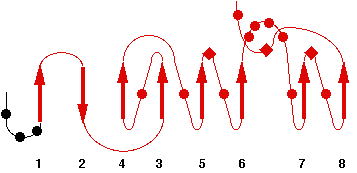6KD0
Name : Crystal structure of vibralactone cyclase
Revelation date : 24-Jun-2020
Family : Hormone-sensitive_lipase_like
Gene_locus : 9agam-VibC
PDB file : ESTHER: header of PDB entry RCSB: Full entry
Comment
Ligand :
References (1)
| Title : A Hydrolase-Catalyzed Cyclization Forms the Fused Bicyclic beta-Lactone in Vibralactone - Feng_2020_Angew.Chem.Int.Ed.Engl_59_7209 |
| Author(s) : Feng KN , Yang YL , Xu YX , Zhang Y , Feng T , Huang SX , Liu JK , Zeng Y |
| Ref : Angew Chem Int Ed Engl , 59 :7209 , 2020 |
| Abstract : Feng_2020_Angew.Chem.Int.Ed.Engl_59_7209 |
| ESTHER : Feng_2020_Angew.Chem.Int.Ed.Engl_59_7209 |
| PubMedSearch : Feng_2020_Angew.Chem.Int.Ed.Engl_59_7209 |
| PubMedID: 32050043 |
| Gene_locus related to this paper: 9agam-VibC , stehr-Sh.112560 |
Representative scheme of Prolylcarboxypeptidase structure and an image from PDBsum server

